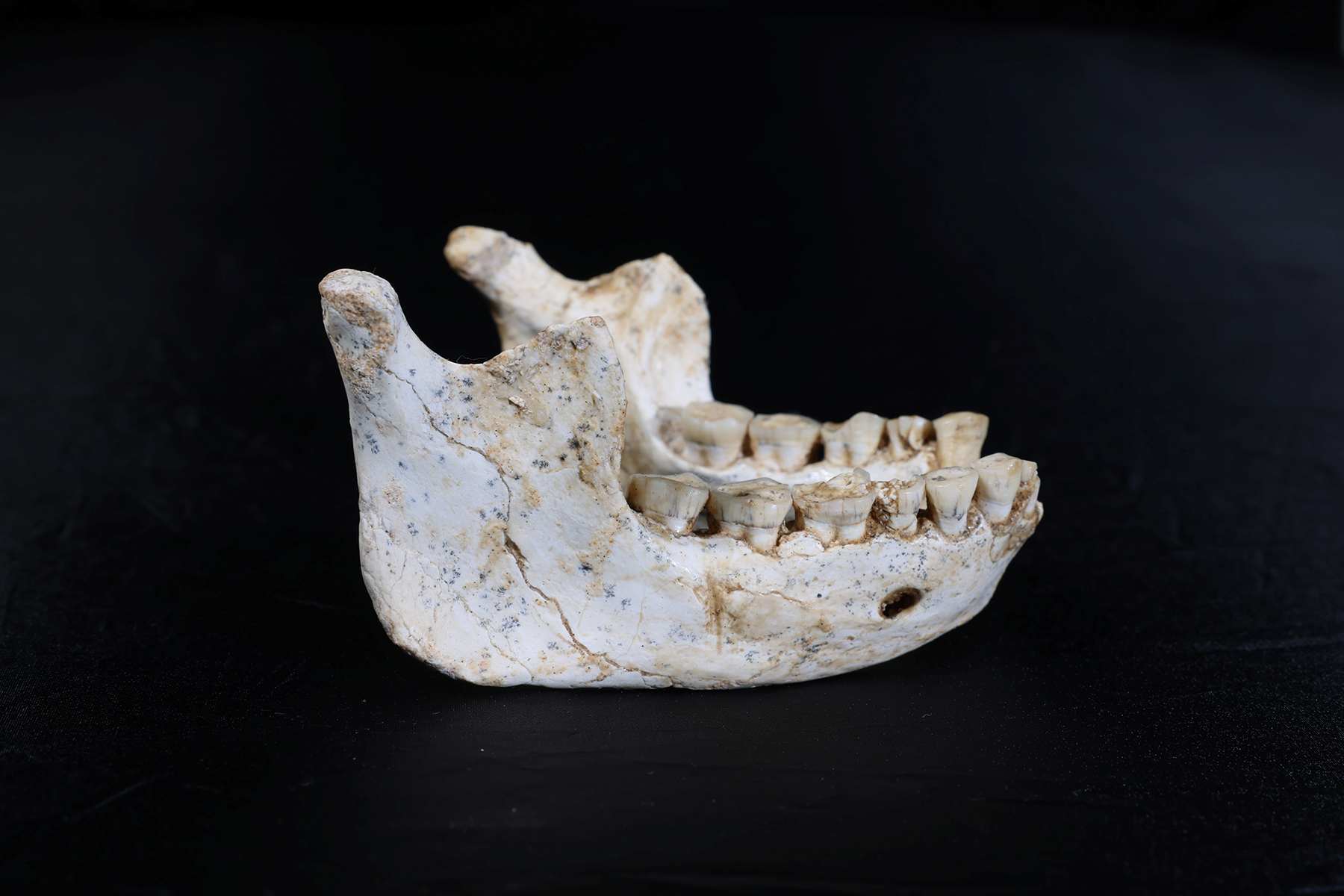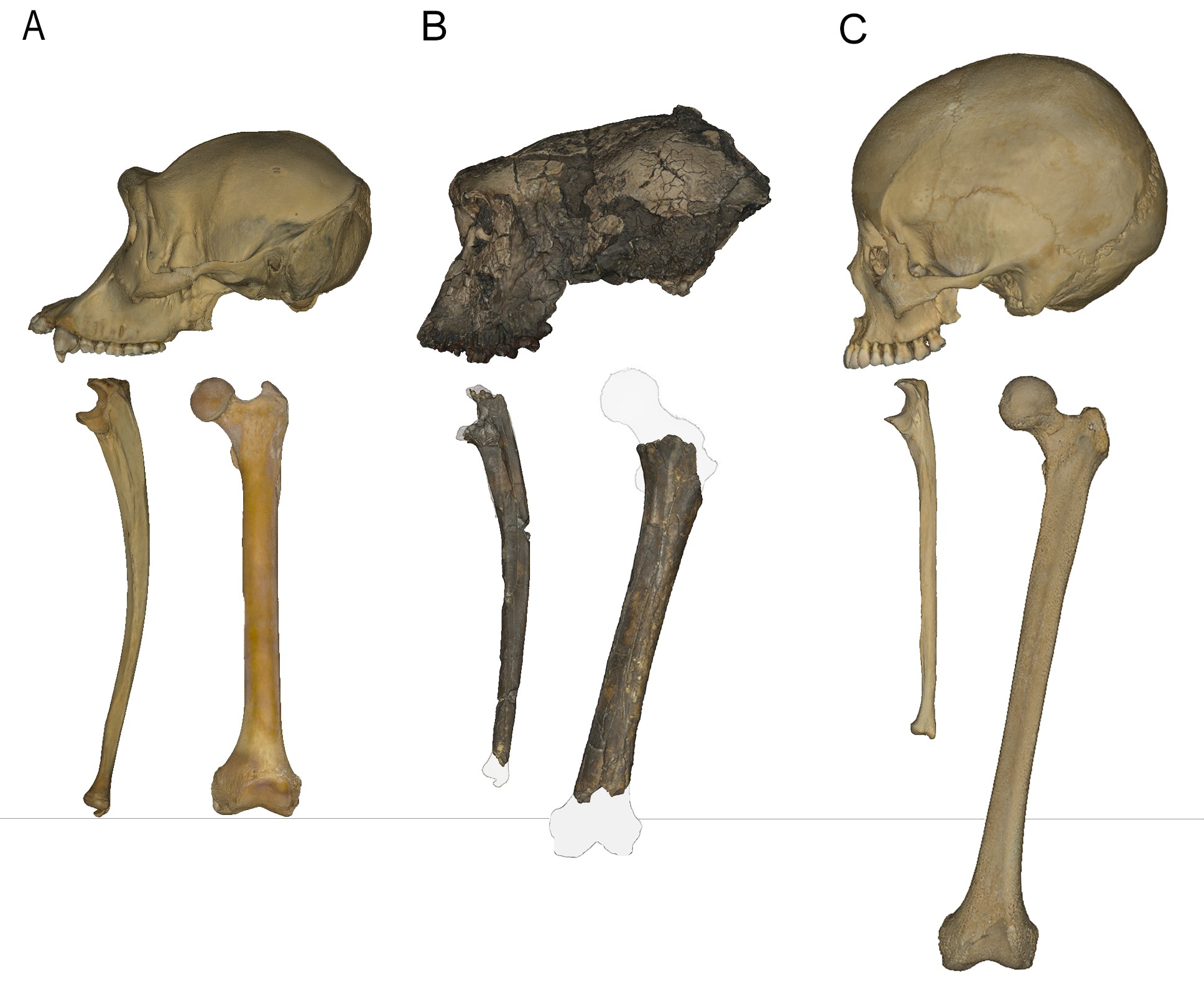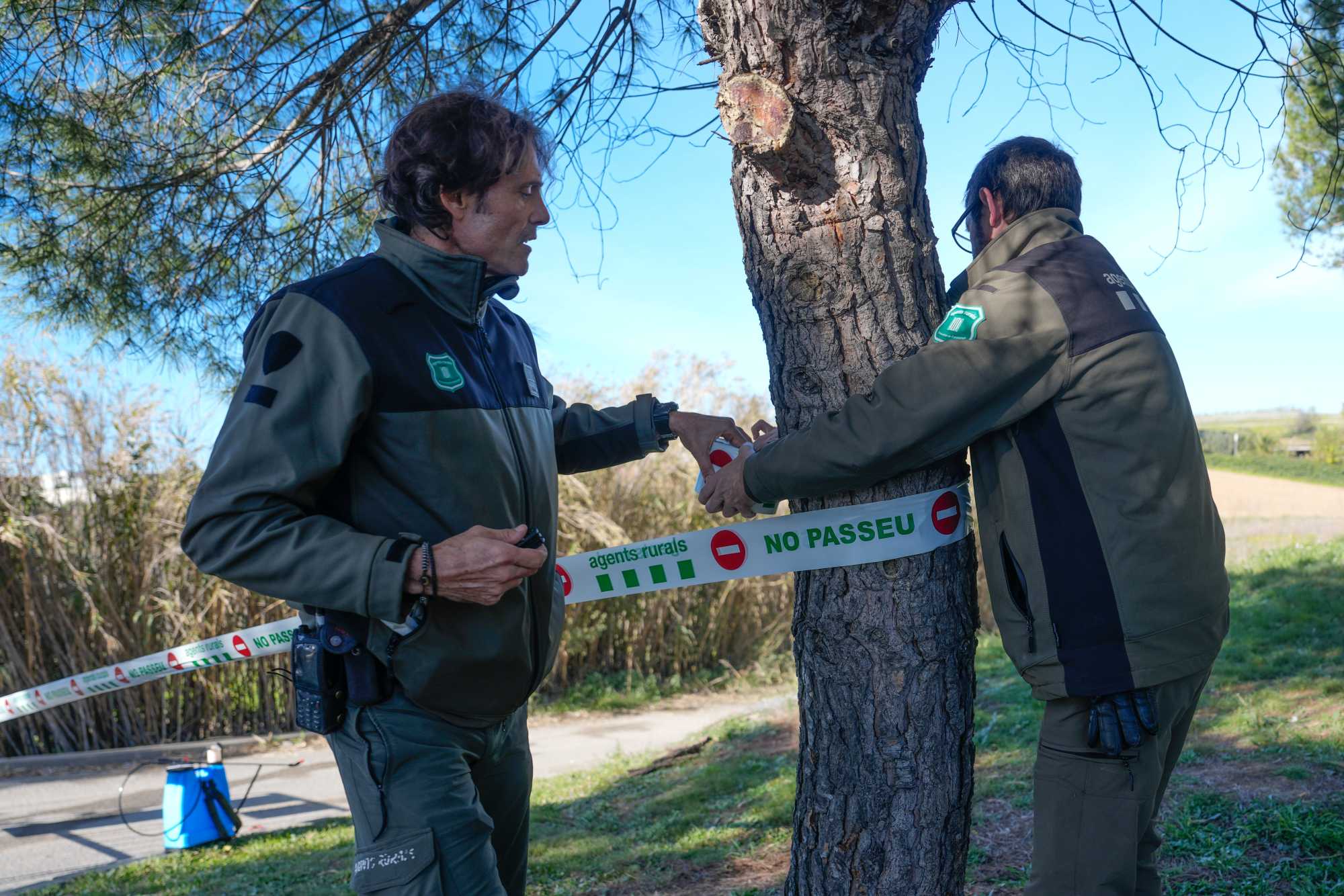Physical exercise is similar to psychological therapy for the treatment of depression
Physical exercise of any kind shows similar benefits to psychological therapy for the treatment of depression in adults. This is one of the conclusions of a new systematic review by the Cochrane Collaboration based on data from almost 5,000 people, which is the latest update of a review first published in 2008. With regard to antidepressants, the research shows a similar effect, but the evidence is somewhat more limited. The authors point to the lack of robustness in terms of long-term treatment with physical exercise.








